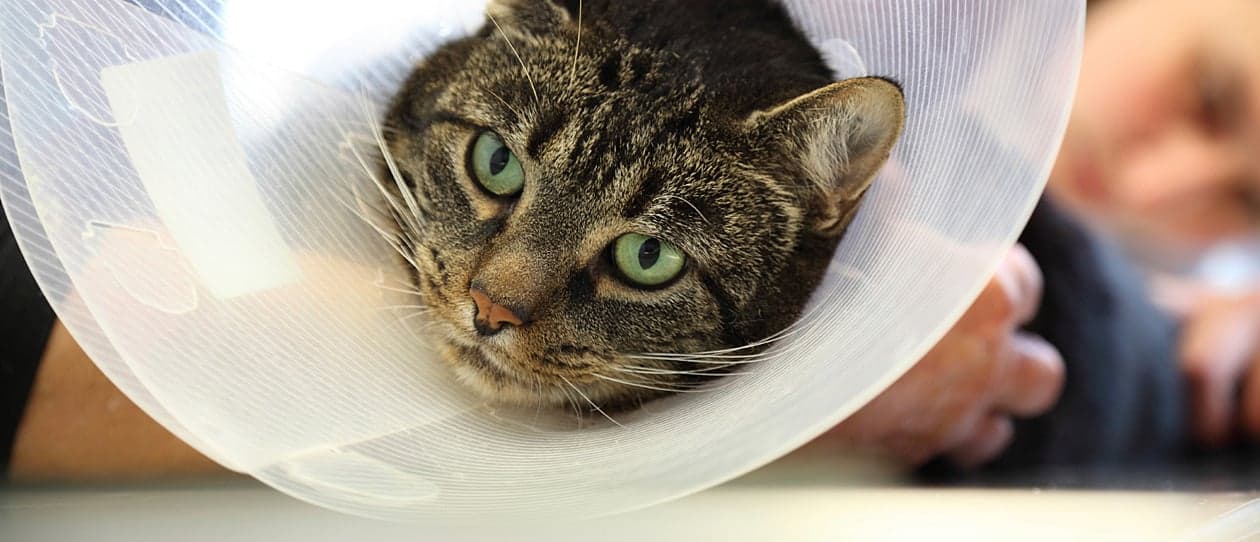
- A Guide To Perfect Your Pet's Health/
- Resources For Pet Wound Care/
- Identify and Treat Abscesses On Cats


Signs your cat has an abscess
Abscesses usually appear two to seven days after your cat has been bitten. Your cat may begin to look and act unwell, and may run a fever or feel warm to the touch, have no appetite or appear listless – or some cats may become quite cranky and unhappy.
If you suspect an abscess, you can gently touch the area to feel for a soft warm lump. Be warned, abscesses can burst and drain easily, and will release foul smelling ooze, so latex gloves are a good idea! If your cat’s abscess has already burst, it will appear as an open wound, oozing pus.
Treating abscesses
Getting your cat to a vet to treat an abscess sooner rather than later is important, as the build-up of pressure inside the abscess is painful for cats. Your vet may advise you to follow a treatment plan – if they don’t clear up properly, they can reappear.
Abscesses are usually treated with surgery to flush out the pus and cut away any dead skin. In some cases, small latex drains are inserted to continue to drain the pus and allow the wound to heal.
After you take your cat home, you’ll need to continue to care for them for around seven days, which is likely to involve giving them antibiotics and keeping them indoors to let the site heal up properly. Your cat may also be sporting an Elizabethan collar for a time – to keep them from trying to chew the drains out if they have them.
If they do have drains, you’ll also need to gently tug at them twice a day, and remove any scabs that form. This allows the wound to stay open and the pus to keep draining out.
Prevention is better than cure
While it’s hard to avoid future cat fights, there are things you can do to reduce your feline’s risk of abscesses, for example:
- Keep your cat indoors as much as possible, especially at night. More cat fights happen at night.
- Get your cat neutered. Male cats fight more than females, and they fight over territory and females. Neutered males don’t get in as many fights.
- If you think your cat has been in a fight, take them to the vet as soon as possible. You can prevent an abscess from forming by getting early treatment for any injuries.
And as always, if you have any concerns or you’re not convinced things are healing as they should, call your vet.
Related product:
-
PAW Manuka Wound Gel™
A sterile medical grade wound dressing made from Leptospermum.sp (Manuka) honey (80%) and natural oils and waxes for wound management. It is ideal for dogs, cats, horses and other companion animals with wounds, burns, grazes and as a general first aid.




